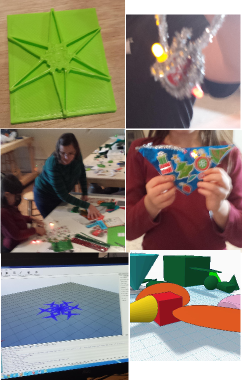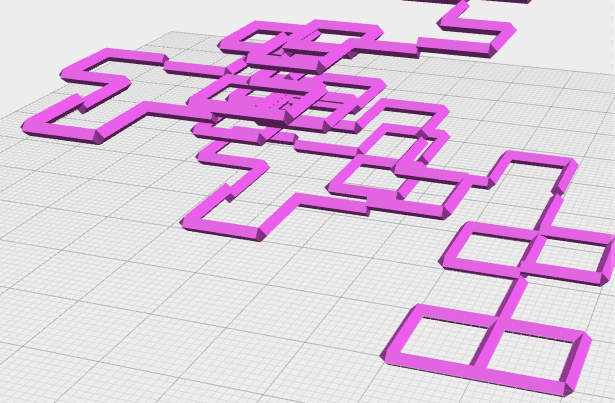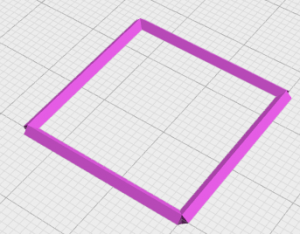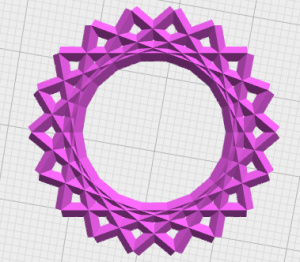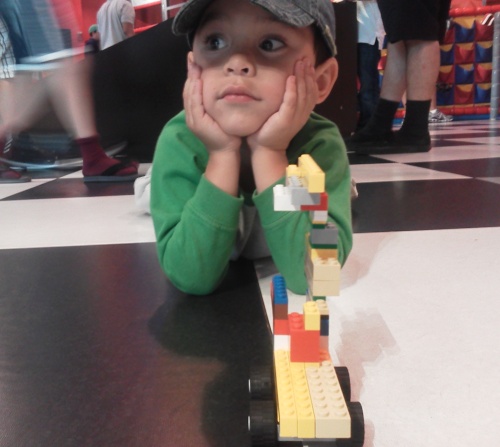Good morning! I hope that you and your family had a Merry Christmas! I hope you have a happy new year! To our regular readers, I want to thank you for being a part of our community. In 2014, many of you actively contributed to building SparkMacon MakerSpace. Our community is very thankful. I’m thankful to my friends and mentors who have guided me on my journey. In the relationships and friendships I’ve made in 2014, I feel very blessed.
Like many, the eve of the New Year has put me in a reflective mood. I wanted to share my personal retrospective from blogging in 2014. What did I learn from blogging in 2014?
Focus has been powerful: Over the two years that I have been blogging, I have challenged myself to focus on a smaller set of ideas. Since I’m a dad with young children and I’m married to a college professor, I still feel a desire to serve community members who love teaching and learning. (both formal and grassroots experiences) I, however, acknowledged that my best contributions and posts relate to helping people gain confidence in code. From reviewing our analytics data, our readers really enjoy JavaScript programming. It has been fun covering stories related to trends in “maker education.” I appreciate the coaching I’ve received on focusing on my strengths.
Love serving local communities: Since I started the blog, I’ve wanted to take ideas from the blog and put them into action. A recurring theme from our posts involves learning by doing and learning by building. I have really enjoyed serving my local Google Developer Group and helping our local makerspace design learning experiences for our makers. In 2014, InspiredToEducate.NET left the world of theory and ideation and entered the world of execution. It has been fun to see ideas from this blog applied to learning experiences in our makerspace, my workplace, and my family.
Seeing the Makers movement go viral: At SparkMacon, our community opened Middle Georgia’s first makerspace. Through discussions with the community, it has been fun to see the makers movement influencing a larger scope of learning experiences. One of my friends who does home schooling has had lots of fun using “invent to learn” strategies with his kids. Some of our local science museums have started looking into implementing makerspace experiences. During a Knight Foundation news challenge, there was a healthy discussion on ways local libraries can become makerspaces. In 2015, it will be fun to see the impact of Maker education in our communities. We are looking forward to a mini maker faire that will be held in Macon Georgia.
Amazed by young people: It’s fun hearing stories of high school students teaching maker education classes. (see MakerKids.ca) Meeting young boys and girls who look forward to learning about electronics. I didn’t learn stuff about electrical system until college. I’m meeting middle school kids who want to go beyond the basics of Arduino and bread boards. Our friends at ClubHou.se Augusta have a student who built his own 3D printer! The potential of children is amazing to me.
Seymor Papert: On a personal level, I think doing the post on Seymor Papert was important for me. I’m a computer scientist who loves machine learning. I’ve been asking myself “why do I like writing a blog on education so much? Education is not your field!!” Firstly, I’ve recently discovered that many of the great thinkers in computer science had a heart for using the computer as a means of growing the creative capacity and learning potential of children. It was cool to find out that this traditional existed. I don’t feel so weird now. Secondly, I have started to realize that my richest life experiences come when I learn about learning. This will be a point of focus for me.
We enjoy hearing from our readers. What are some of your celebrations from 2014? What was the most powerful idea or lesson you learned this year?
Thanks again for being a part of our community at InspiredToEducate.NET .
Top Blog Posts in 2014
- Easy Data Visualization with Google Charts and JavaScript
- Learn to Build Your Own Conversational Bot using ChatScript
- 10 Free Resources for Learning JavaScript and HTML5
- Using candy to teach DNA structure
- Why Hate Science
- Easy Recipes for Building Android Apps using MIT App Inventor
- 17 Fun Tools To Teach Kids To Code by @ChrisBetcher
- Benefits of Teaching Kids To Code That No One Is Talking About
- Johnny Lee: Free or cheap Wii Remote hacks
- 3 Tutorials on 3D Modeling with TinkerCAD.COM


